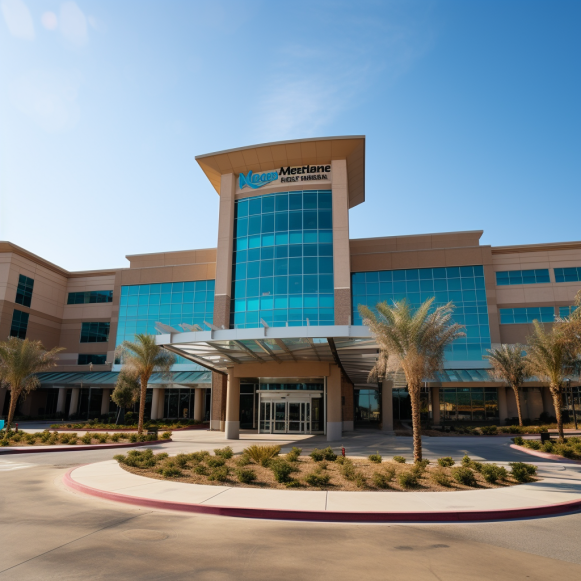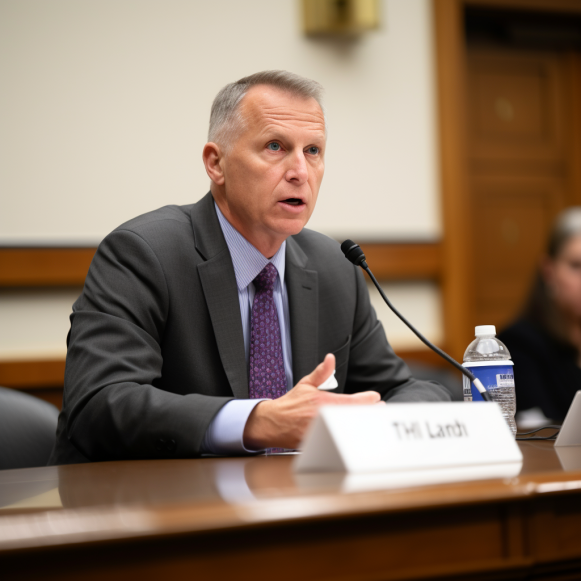Kaiser Permanente workers are on strike. Here’s what makes it such a unique health care company

Los Angeles, CA — Thousands of unionized health care workers walked off the job on Wednesday after contract negotiations with their employer, Kaiser Permanente, a company with a unique business model when compared to most health care providers in the United States.
Here are some things you should know about the medical system.
RELATED: Striking Bay Area Kaiser employees demand higher pay and better staffing
Kaiser is funded by membership fees
In contrast to traditional health care providers in the United States, Kaiser serves as both an insurance plan and a provider of all care covered by the plan. To use Kaiser Permanente’s services, patients (or their employers) must pay a membership fee. This means that, even though thousands of Kaiser employees are on strike, the company will continue to collect money from membership fees.
“They have members, they have subscribers, and so they will continue to get their monthly payments,” said John August, former executive director of the Coalition of Kaiser Permanente Unions.
Kaiser Permanente, founded in 1945 in Oakland, California, is one of the country’s largest not-for-profit health care providers. In California, Colorado, the District of Columbia, Georgia, Hawaii, Maryland, Oregon, Virginia, and Washington, it operates 39 hospitals and 622 medical offices. According to Kaiser’s website, it also employs nearly 213,000 people and has 12.7 million members.
Members are primarily obligated to use Kaiser health workers.
Kaiser’s membership fees distinguish it from America’s traditional “fee-for-service” health-care model, in which a doctor or health-care provider is paid a fee for each service provided.
Kaiser was created to be a one-stop shop for all of the needs of its patients. The system provides members with access to a wide range of services, including primary care, lab testing, telemedicine, mental health care, pharmacy services, and even cosmetic treatments. However, outside of Kaiser Permanente’s system, except in emergencies and special cases, no care is covered.
“Joining Kaiser Permanente means you’re saying, ‘I’m going to see Kaiser doctors and go to Kaiser hospitals,'” said Gerald Kominski, a senior fellow at UCLA’s Center for Health Policy Research.
Proponents of Kaiser Permanente argue that the organization’s fixed membership fees provide a financial incentive for doctors to focus on preventative care and keeping patients healthy rather than performing a high volume of expensive medical procedures.
“One of the reasons that Kaiser has grown over the last few decades is because they offer quality care at an affordable price,” said Kominski.
It’s a nonprofit entity
Despite the fact that Kaiser Permanente is a non-profit organization, it makes billions of dollars in profit. Kaiser Permanente reported a total net income of $3.3 billion for the first six months of the year.
Nonprofits are generally required to reinvest surplus assets back into the business, though they are permitted to set aside funds for future unanticipated expenses.
RELATED: During the strike, Kaiser closes many out-patient pharmacies throughout the Bay Area. Check to see which are closed.
Despite its nonprofit status, the union coalition striking against Kaiser Permanente has accused the company of hoarding profits. The coalition believes Kaiser should reinvest more money in frontline care, including higher employee pay and a strategy to combat chronic understaffing, which has left workers feeling overworked and burned out.
“Kaiser executives must address the Kaiser short-staffing crisis, which frontline health care workers see worsening at great cost to patients — patients whose premiums have risen in tandem with their wait times.” “The Kaiser model has certainly proven effective in generating billions of dollars in reserves for the company,” said Renee Saldana, a spokesperson for SEIU-UHW, the largest union representing Kaiser strike workers. “It is past time for Kaiser executives to direct those resources toward meeting the desperate needs of Kaiser patients and frontline health care workers.” That means Kaiser executives providing relief to consumers from rising premiums, as well as relief to their battered frontline health care workforce through improved staffing and retention.”
During the pandemic, however, Kaiser lost money, reporting a net loss of more than $2 billion in the first six months of 2022. Kaiser attributed the multibillion-dollar losses to rising costs and pandemic-related disruptions.
Employees are feeling Covid-19 exhaustion
Kominski believes the health-care industry and its workers are still recovering from the pandemic.
“The fact that there’s burnout and problems with retention and recruiting because of the work environment is, in my opinion, probably one of the longer-term consequences of the pandemic,” he went on to say.
RELATED: Kaiser employees strike in the Bay Area: Five Things to Know
August stated that employees at Kaiser Permanente were “very proud” of their work.
“Because you have such a loyal workforce who feels that they have to take this step, it’s a very significant moment,” he said when asked about the strike.





